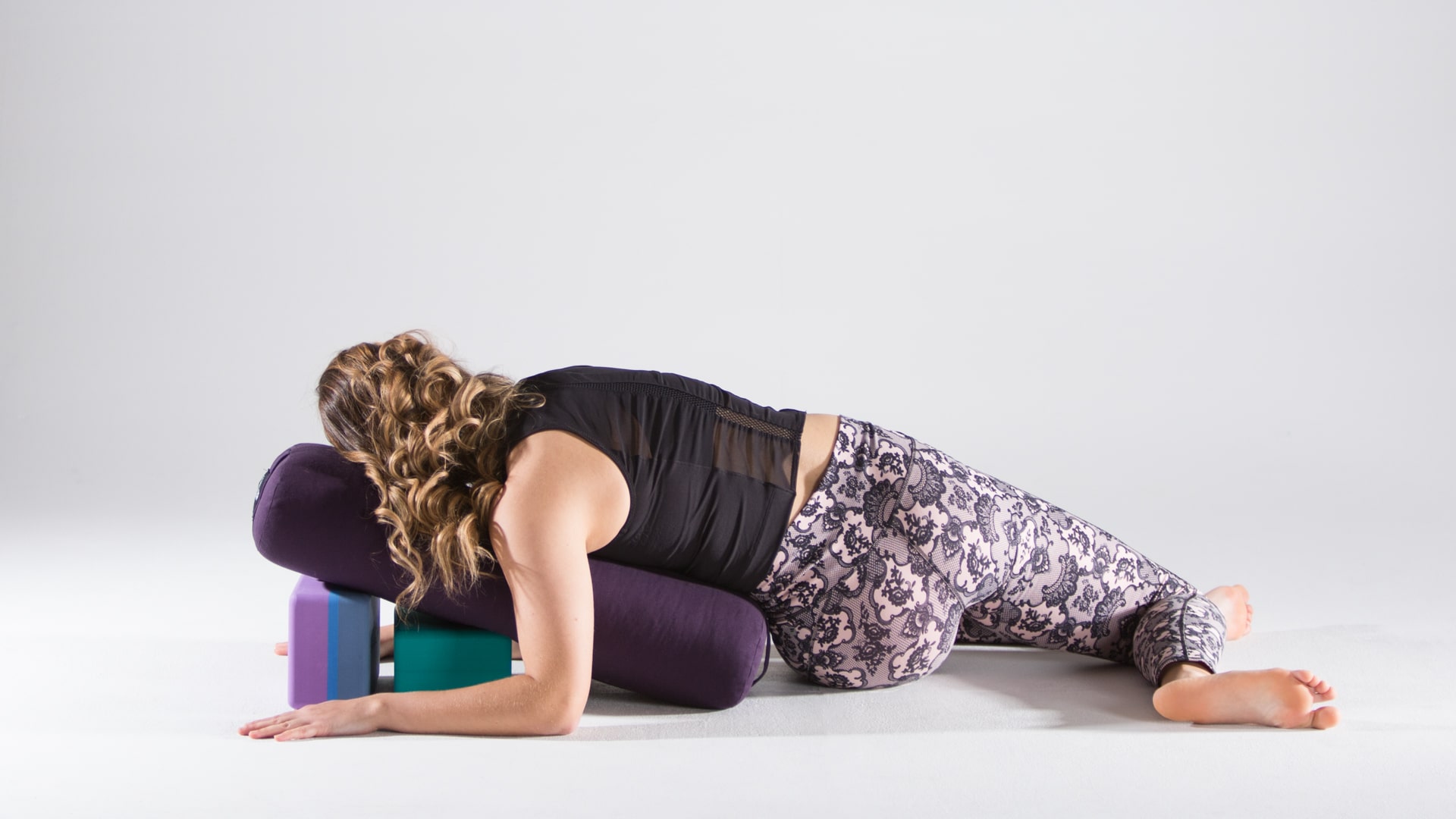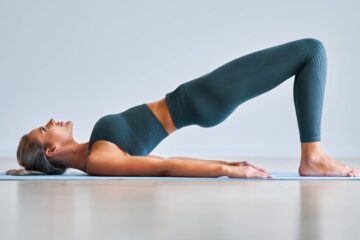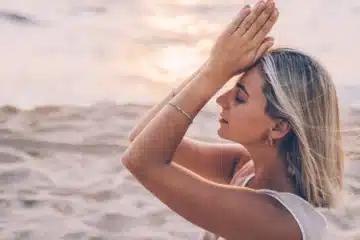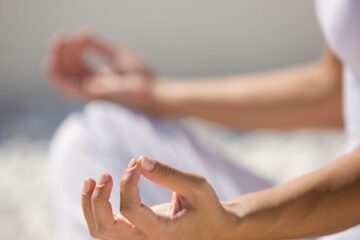Yin yoga, with its slow-paced and deeply meditative approach, offers practitioners a unique opportunity to cultivate relaxation, flexibility, and introspection.
While the practice typically involves long-held poses targeting the body’s deep connective tissues, incorporating props can significantly enhance comfort, alignment, and accessibility.
This guide aims to explore a variety of props commonly used in Yin yoga, offering insights into their benefits and how to integrate them effectively into your practice for a more fulfilling experience.
Yoga Blocks
Yoga blocks are versatile props that can be used to modify poses and provide support where needed. In Yin yoga, blocks can be placed under the hands, forearms, or sit bones to elevate the body and reduce strain on tight muscles or joints.
For example, in seated forward folds like Paschimottanasana, placing blocks under the hands allows practitioners to maintain length in the spine and deepen the stretch without compromising alignment.
Blocks can also be used to gradually increase the intensity of a stretch by adjusting their height or position throughout the pose.
Bolsters
Bolsters are firm, cylindrical cushions designed to provide support and stability in reclining and seated poses. In Yin yoga, bolsters are commonly used to enhance relaxation and facilitate passive stretching.
Placing a bolster under the length of the spine in poses like Supported Fish Pose (Matsyasana) or Reclining Bound Angle Pose (Supta Baddha Konasana) encourages gentle opening of the chest and hips while promoting a sense of ease and surrender.
Bolsters can also be used to support the knees, ankles, or head, allowing practitioners to release tension and sink deeper into relaxation.
Blankets
Blankets are soft and versatile props that offer warmth, comfort, and padding during Yin yoga practice. Rolled or folded blankets can be placed under the knees, hips, or shoulders to provide extra cushioning and support in reclining poses.
In seated poses, blankets can be used to elevate the hips and alleviate strain on the lower back, making it easier to maintain proper alignment and posture.
Additionally, blankets can be draped over the body during final relaxation (Savasana) to promote a sense of coziness and grounding, enhancing the overall relaxation experience.
Yoga Straps
Yoga straps are useful tools for extending reach and deepening stretches in poses that require flexibility. In Yin yoga, straps can be looped around the feet, thighs, or arms to gently guide the body into deeper expressions of the pose.
For example, in Reclining Hand-to-Big-Toe Pose (Supta Padangusthasana), a strap can be used to draw the extended leg closer to the torso, allowing practitioners to access a greater range of motion while maintaining proper alignment.
Straps can also be used in seated forward folds to support the spine and encourage relaxation in the hamstrings and lower back.
Eye Pillows
Eye pillows are small cushions filled with flaxseeds, rice, or lavender flowers that can be placed over the eyes during relaxation poses to block out light and promote a sense of calmness and serenity.
In Yin yoga, eye pillows are often used during final relaxation (Savasana) to deepen the experience of inward focus and surrender.
The gentle pressure of the eye pillow on the eyelids stimulates the vagus nerve, triggering the body’s relaxation response and inducing a state of deep relaxation and tranquility.
Conclusion
Integrating props into your Yin yoga practice can enhance comfort, alignment, and relaxation, allowing you to experience the full benefits of each pose more deeply.
Whether you’re using blocks to support tight muscles, bolsters to promote relaxation, or blankets to create a cozy environment, props offer valuable support and assistance on your journey toward greater flexibility, mindfulness, and well-being.
Experiment with different props and modifications to find what works best for your body, and enjoy the transformative power of Yin yoga enriched by the thoughtful use of props.



